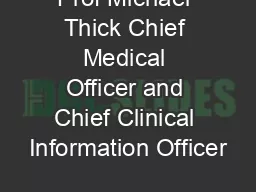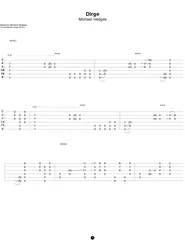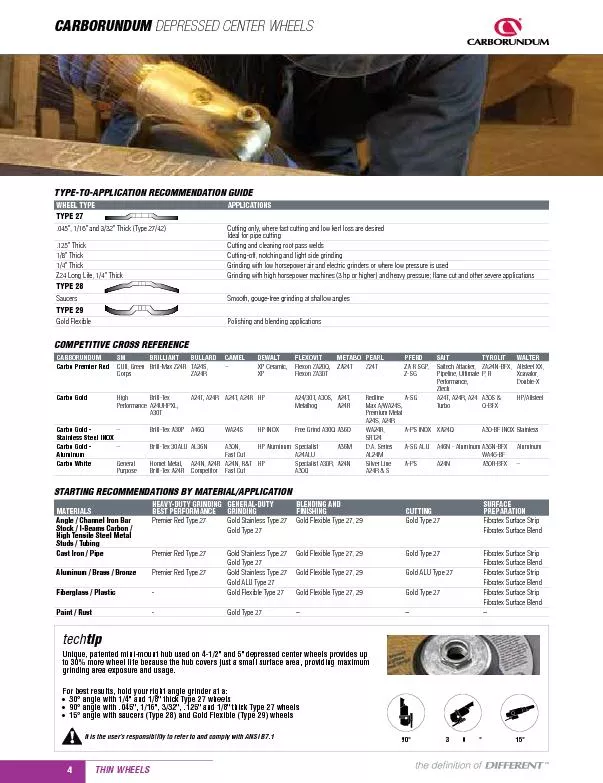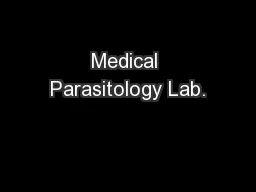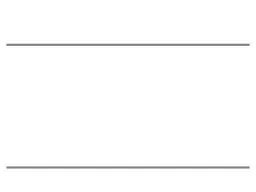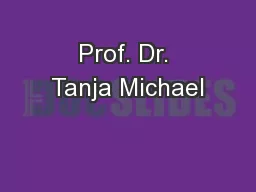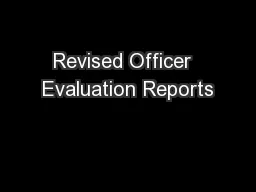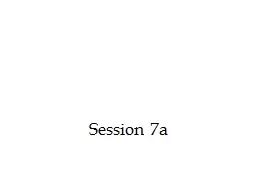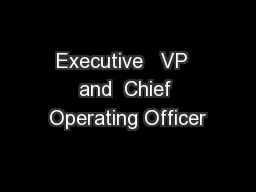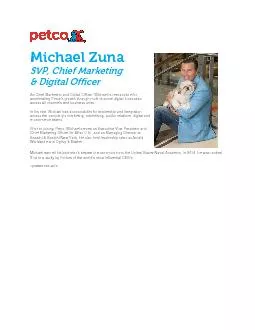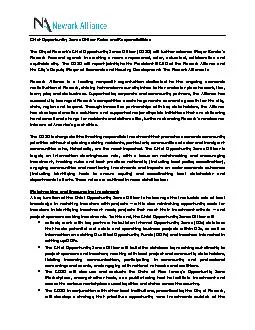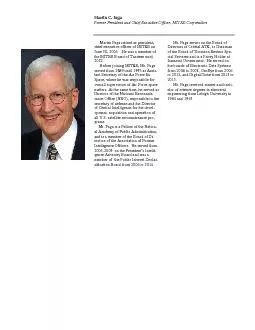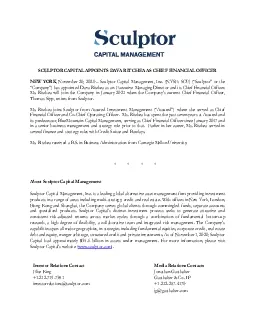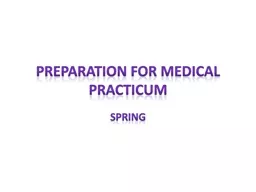PPT-Prof Michael Thick Chief Medical Officer and Chief Clinical Information Officer
Author : jane-oiler | Published Date : 2018-09-22
IMS MAXIMS Wake upthe future is just leaving Innovation change and survival Trends and pressures Technology is advancing faster than we can implement it We cant
Presentation Embed Code
Download Presentation
Download Presentation The PPT/PDF document "Prof Michael Thick Chief Medical Officer..." is the property of its rightful owner. Permission is granted to download and print the materials on this website for personal, non-commercial use only, and to display it on your personal computer provided you do not modify the materials and that you retain all copyright notices contained in the materials. By downloading content from our website, you accept the terms of this agreement.
Prof Michael Thick Chief Medical Officer and Chief Clinical Information Officer: Transcript
Download Rules Of Document
"Prof Michael Thick Chief Medical Officer and Chief Clinical Information Officer"The content belongs to its owner. You may download and print it for personal use, without modification, and keep all copyright notices. By downloading, you agree to these terms.
Related Documents

